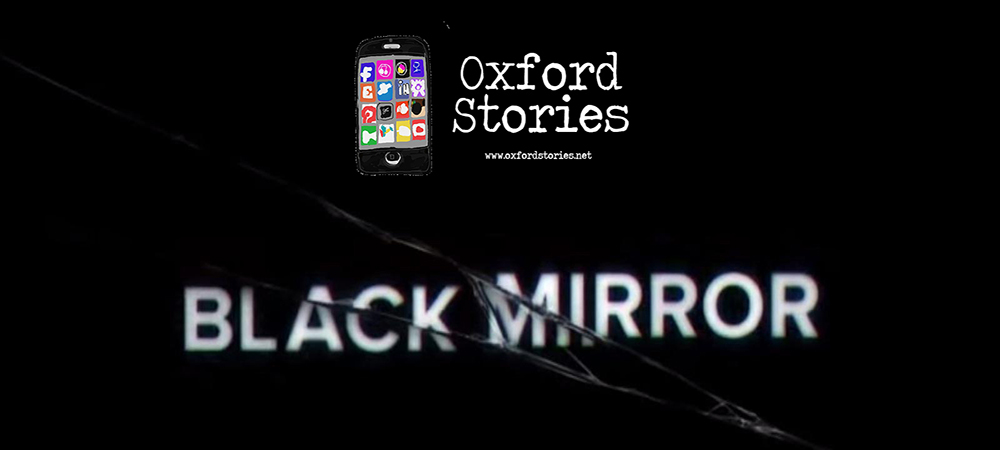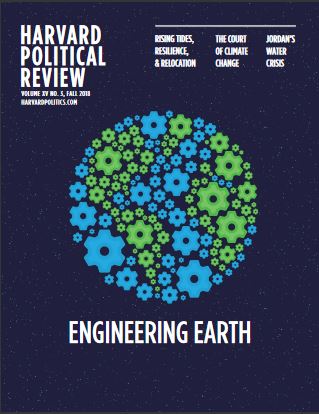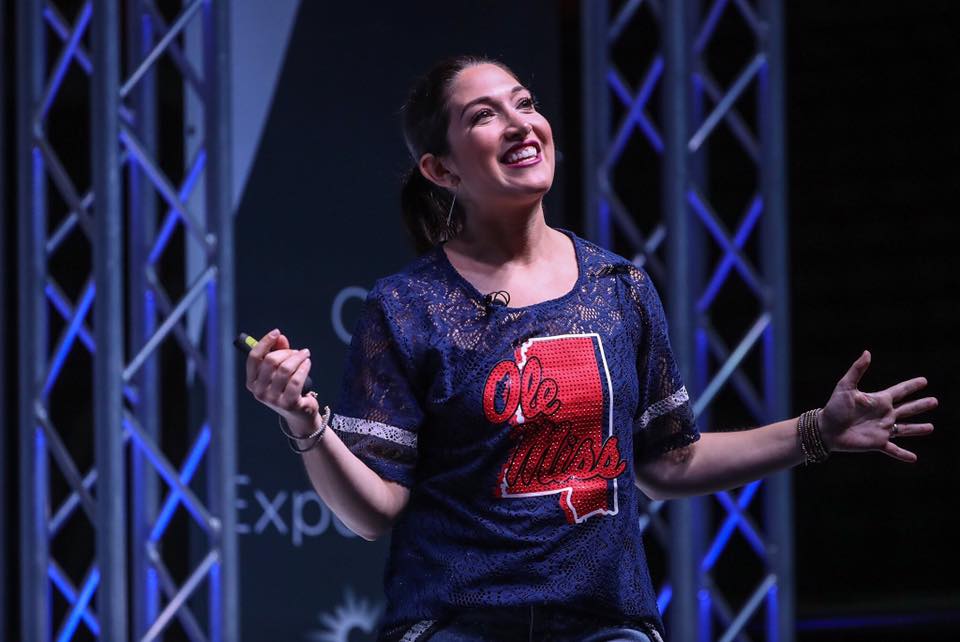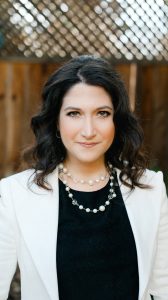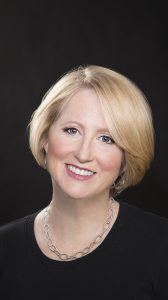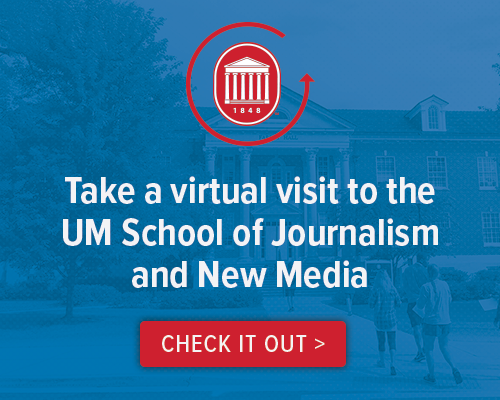Two UM professors received an interdisciplinary research grant to develop an automated method for identifying health disinformation in the news.
Naeemul Hassan, Ph.D., assistant professor in the Computer Science and Information Department, and Kristen Swain, Ph.D., associate professor in the School of Journalism and New Media, received one of the first Big Data Flagship Constellation seed grants in January.
“Even though trusted, reliable media outlets do spread health misinformation, most intentional health disinformation originates from unreliable media sources,” Swain said. “There is little existing research on health disinformation patterns in social media. We hope to uncover how health news framing is exploited to spread disinformation and then develop algorithms to help journalists, readers and news providers differentiate credible health news from disinformation.”

In their one-year project, “CHORD: Combating Health Oriented Disinformation,” the professors plan to build and analyze a large-scale repository of print and broadcast health news stories that appeared on social networking sites. Then they will analyze media content patterns across reliable and unreliable stories and identify network characteristics and engagement patterns among readers in different age groups. Finally, they will conduct reader surveys and focus groups to identify health disinformation challenges.
The project synthesizes applied natural language processing, big data, network analysis and media content analysis, Hassan said. The team ultimately hopes to develop a computer program that can automatically identify health disinformation, as well as recommendations for new policies to discourage health hoax propagators.
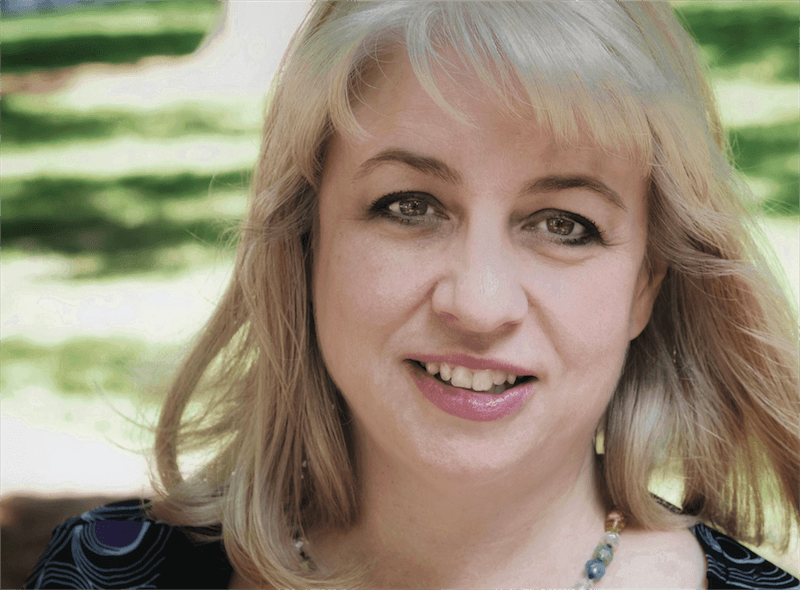
Kristen Swain, Ph.D.
The team initially will develop a scraper program to automatically collect articles from media sources’ websites, automatically separate health-oriented news articles from non-health articles, and gather social media engagement metrics, such as comments, shares and likes for each article. Algorithms also will identify story characteristics including headlines, bylines, leads, captions, video and other images, topics, sourcing patterns, factual and opinion statements, and quote types.
Reliable sources will include CNN Health, Cancer.gov, WebMD, etc., and unreliable sources will include sites like REALfarmacy.com and HealthNutNews. Unreliable story characteristics include disease mongering, vague sourcing, and failure to identify financial conflicts of interest.
Previously, Hassan developed a data collection program that curated about 66,000 news articles from 27 reliable media outlets and 20 unreliable outlets. The preliminary findings helped him design the new project.
“We hope to identify new recommendations for journalists who cover health topics and develop a computer application to provide instant feedback on their draft stories,” Swain said. The new computer application also could help commercial third-party news aggregate applications such as Yahoo News, Flipboard and Bundle News automatically flag health disinformation that should be removed from news feeds.
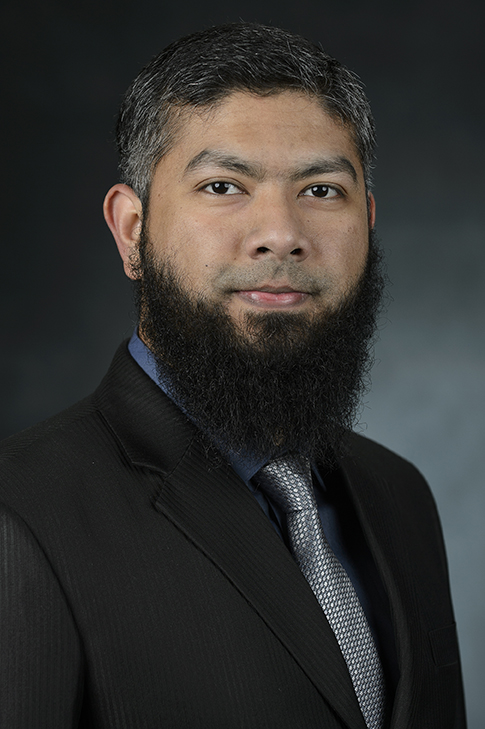
Naeemul Hassan. Photo by Marlee Crawford/Ole Miss Communications
After completing the content analysis, the team will model reader behaviors by interviewing young people and seniors who read, share and engage with health stories, Hassan said. To explore whether age, gender, education level and news consumption behaviors predict susceptibility to health disinformation, the team will conduct focus groups of readers younger than 18 and seniors 65 and older. They will use the Amazon Mechanical Turk crowdsourcing service to collect feedback about the middle-range readers ages 18-64.
“We hope our findings will inform development of new media literacy educational materials to help people of all ages learn how to identify health disinformation,” Swain said.
The 2019 seed grant will support a computer science graduate assistant in spring 2019 and a journalism graduate assistant in fall 2019. In 2020, the team plans to produce conference presentations, scholarly articles, and an external grant proposal.
The Flagship Constellation initiative, now in its second year, supports interdisciplinary research projects at UM and UMCC that focus on big data, community wellbeing, disaster resilience and brain wellness. In November 2017, UM alums Thomas and Jim Duff contributed $1 million, which supports the constellation grant competitions.
“If our study can reduce the number of people believing in health disinformation, this could improve the overall health condition of people throughout Mississippi and the U.S.,” Swain said.
